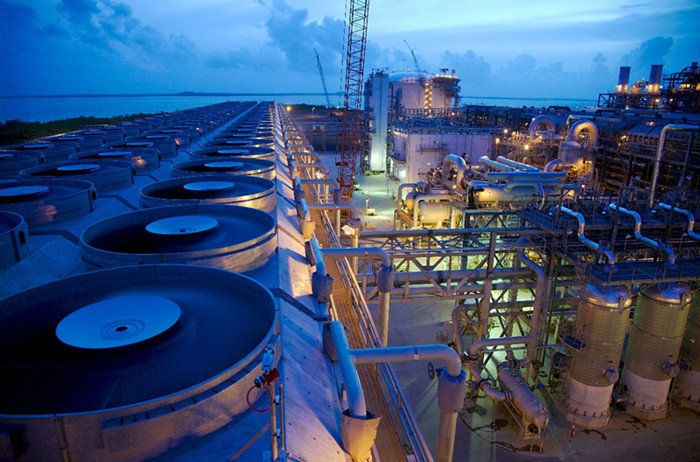A tale of Chinese spending power in the Year of the Dog
Tourists head to major destinations such as Thailand, Japan, Malaysia, Indonesia and the Philippines for Chinese New Year
As you would expect from China, it is all about the numbers. With the clock ticking down to the Chinese New Year, or the Spring Festival holiday, retailers, restaurants and tourist destinations are gearing up for a financial feast.
Business confidence appears to be as high as the fireworks which will illuminate the night sky to bring in the Year of the Dog.
Last week, a report released by the Ministry of Commerce showed that total earnings for retail and catering companies are predicted to hit 900 billion yuan (US$143 billion) during the week-long holiday, a 10% increase compared to 2017.
“The key term will be consumption upgrade,” Wang Bingnan, the vice-minister of Commerce, told the Chinese media at a press conference. “Higher-quality products and services will gain popularity.
“Instead of the traditional gatherings, more families are choosing to dine outside or order dishes online,” he added.
At the heart of this trend are the major e-commerce players such as Alibaba, Tencent and JD.com.
Home deliveries are forecasted to soar as part of the online shopping boom. Internet travel bookings have also seen a sharp rise in the run-up to the Spring Festival, which starts on Feb. 15.
“Changes in lifestyle [are having an] impact on consumer behavior and habits,” Vishal Bali, the managing director of Nielsen in China, told the state-owned Xinhua News Agency.
. About 385 million trips are expected to be made during the New Year festivities, an increase of 12% compared to 2017, according to data released by the Ministry of Commerce.
Tourism revenue is projected to reach 476 billion yuan with around 6.5 million Chinese traveling overseas, which is one million more than the entire population of Scotland.
“Consumers have come up with new requirements for tourism and food, thus contributing to the upgrading of these two sectors,” said Bali at Nielsen, the global market research firm.
“When traveling, they pay more attention to the experience and comfort. In terms of food consumption, they are more willing to pay for healthy [options],” he added.
Nielsen’s latest China Consumer Confidence Index confirmed those views. Last year, its CCI came in at 112 points, up from 106 in 2016, with job prospects, personal finance and spending power reaching a two-year peak.
In the fourth quarter survey, the CCI hit a record high of 114 points as confidence in the economy continued to grow.
This is in line with Beijing’s official figures with retail sales in the world’s second-largest economy expected to expand by 10% in 2018 to more than 40 trillion yuan, a report from the research institute of the China Council for the Promotion of International Trade highlighted.
“Since [2017], the excess capacity of traditional industries has gradually been solved, and the new growth points have emerged,” said Wei Shao, a manager at Nielsen China. “The quality of economic development has been improved, with growing indexes of employment, income and prices.”
Indeed, increased consumer confidence is seeing a mini foreign travel boom with Thailand the number one vacation spot during Chinese New Year. Japan, Singapore, Malaysia, Indonesia, Vietnam and the Philippines make up the top seven.
Another hot destination will be Europe. Ctrip, a leading online travel agency in Shanghai, reported last week that affluent customers were going upmarket, with luxury accommodation bookings jumping by 72%, without revealing detailed figures.
“More people are also opting to celebrate the Lunar New Year on luxury cruise liners,” Ctrip stated without disclosing the exact numbers to Caixin, a media group based in Beijing.
Overseas or on the high seas, Chinese tourists will unleash their spending power in the Year of the Dog.






